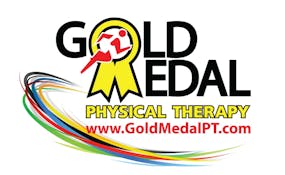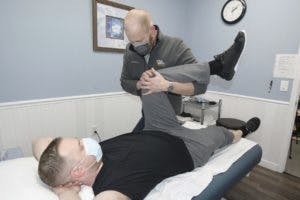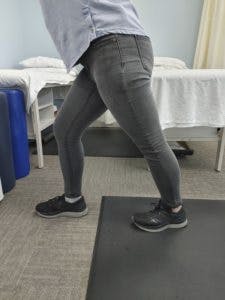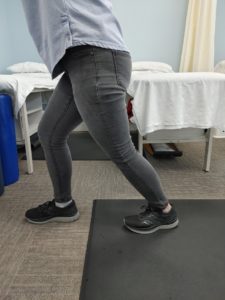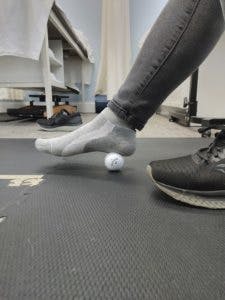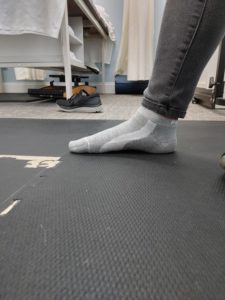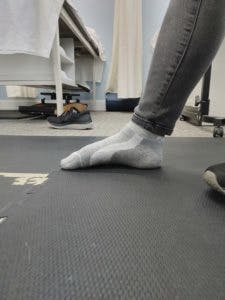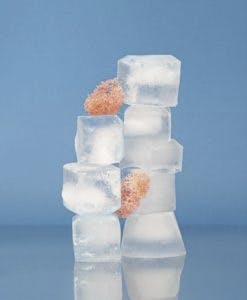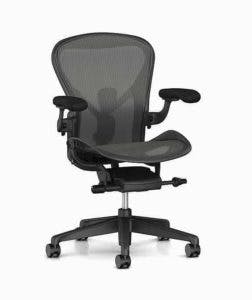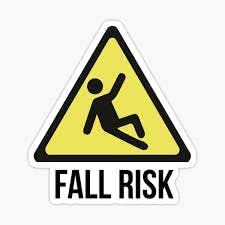One of the major challenges that many people have had to deal with since 2020 is working from home. Whether it was having to create a make-shift desk and workspace in a pinch, or if you already had a home office set up, many Americans have had to face these challenges.
Here we will briefly discuss some modifications that you can make in the home to help with your seated posture, and ultimately reduce the risk of postural related pains.
What Chair should I use?
A chair that is adjustable will be your best bet. As easy (and cheaper $$) as it is to use a dining room table chair, this may be a major culprit to your posture. Ideally, a chair that has adjustable height setting is key, which will allow you to sit comfortably with a few easy steps:
– Feet flat on the floor
– Hips and Knees at 90* angles
– Wrists straight with the elbows rested at an angle
What kind of table should I use?
As long as you have an adjustable chair, and your table height allows you to be seated comfortably and correctly, then any table will do fine. Just remember:
– Wrists slightly below your elbows
– Keep your arms close to your sides
– Keep you monitor at arms length away
– The top of your monitor should be at your eye height
What happens if I sit in bad posture for too long?

One of the most common issues that can develop is what is called Upper Crossed Syndrome (UCS). UCS will present with a forward head, rounding of the thoracic (upper back) spine, shoulders up and forward. This can lead to decreased mobility in the upper back, tightness in the pec muscles (Chest) , the Upper Trapezius (Neck) and your sub occipitals (Attaching to your skull).
Is Upper Crossed Syndrome bad?
If left uncorrected it can lead to aches and pains as well as longer term postural issues. However, there are a few things that can be done to prevent the occurrence.
– Change the way that you are sitting
– Stretch the muscles that are tight
– Strengthen the muscles that are weak
What exercises are best for me to start NOW?
– Seated Thoracic Extensions with a Foam Roller
– Is Ys and Ts with a Foam roller
– Upper trapezius and Levator scapulae stretches
– Pec stretches
– Theraband Rows
– Theraband Pulldowns
Examples for some of these exercises can be found in the home exercise tab at the top right hand side of the page.
Disclaimer: As always, these are examples of exercises/ stretches that your physical therapist can discuss/ provide to you. If you attempt any of these exercises and develop additional pains, please contact your M.D or seek counsel from a Physical Therapist. Thank you.
